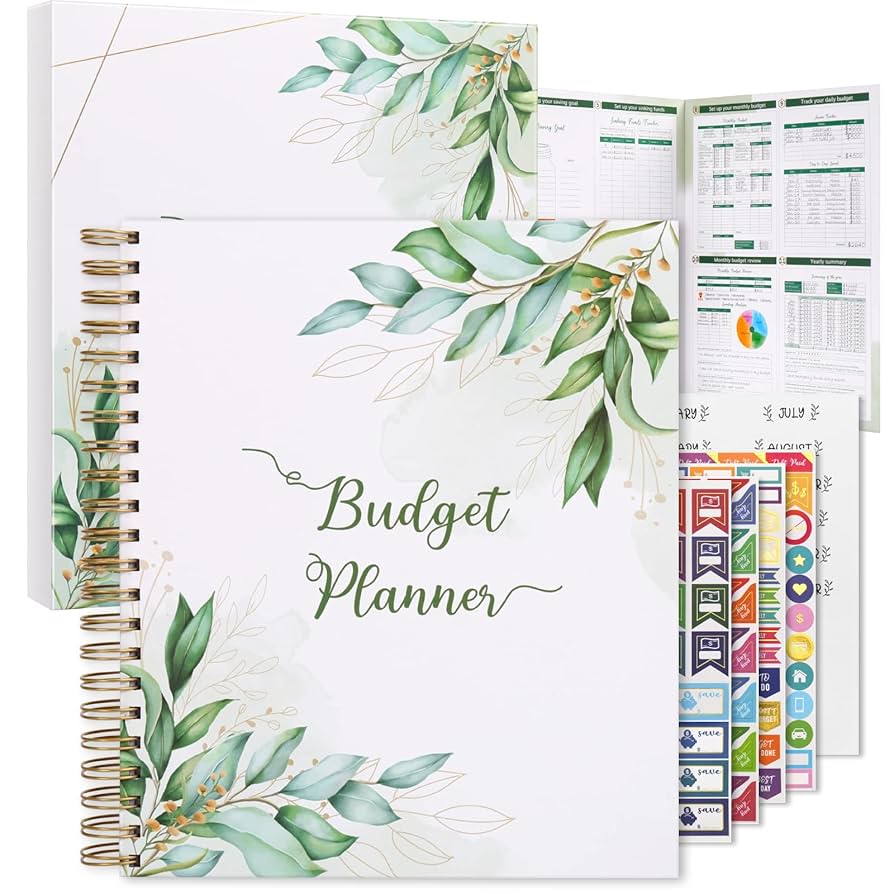Creating a budget doesn’t mean restricting your lifestyle—it means taking control of your money. A well-structured monthly budget gives you clarity, reduces financial stress, and helps you build toward your short- and long-term goals.
In this article, you’ll learn step-by-step how to build a budget that’s realistic, flexible, and easy to stick with—even if you’ve never budgeted before.
What Is a Budget?
A budget is a plan for how you will spend and save your money each month. It tracks your income, expenses, and financial goals to ensure you’re not spending more than you earn.
Think of it as a map for your money.
Step-by-Step: How to Create a Monthly Budget
1. Calculate Your Total Monthly Income
Include:
- Salary (after taxes)
- Side hustles or freelance work
- Passive income (rental, dividends)
- Child support or government benefits
Use your net (take-home) income, not gross.
2. Track All Monthly Expenses
Break expenses into categories:
Fixed Expenses (don’t change):
- Rent/mortgage
- Loan payments
- Subscriptions
- Insurance
Variable Expenses (change monthly):
- Groceries
- Gas
- Entertainment
- Dining out
- Shopping
Track 1–2 months of spending to find your average.
3. Set Spending Limits for Each Category
Based on your average, decide how much you want to allocate to each category. Adjust based on your goals.
Example (on $3,000/month income):
| Category | Budgeted Amount |
|---|---|
| Rent/Mortgage | $900 |
| Groceries | $400 |
| Transportation | $200 |
| Dining Out | $150 |
| Subscriptions | $50 |
| Savings | $600 |
| Debt Payment | $300 |
| Personal/Other | $400 |
4. Pick a Budgeting Method That Fits You
- 50/30/20 Rule
- Zero-Based Budgeting
- Envelope System
- App-Based (like YNAB, Mint, Goodbudget)
Choose the one that you’ll stick to.
5. Automate What You Can
- Schedule bill payments
- Automate savings transfers
- Set spending alerts
Automation keeps your plan running—even when life gets busy.
6. Review Weekly, Adjust Monthly
Budgets aren’t static. Life changes, and so should your plan. Check in weekly and do a full review every month.
Questions to ask:
- Did I stay on budget?
- Where did I overspend?
- What can I cut or increase next month?
Bonus Tips for Success
- Use cash for categories you tend to overspend on
- Name your goals to make them more motivating
- Use visual trackers to stay motivated
- Have an accountability partner if possible
- Celebrate small wins to keep the momentum
Final Thoughts: Make Your Budget Work for You
A great budget isn’t perfect—it’s adaptable. It reflects your real life and helps you make smart choices. Whether you’re paying off debt, saving for a trip, or investing in your future, a monthly budget is your foundation.
Start today. Track, plan, and adjust—and you’ll take control of your money for good.
